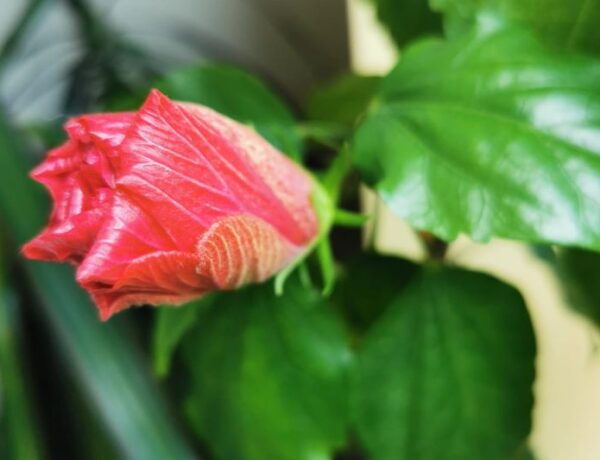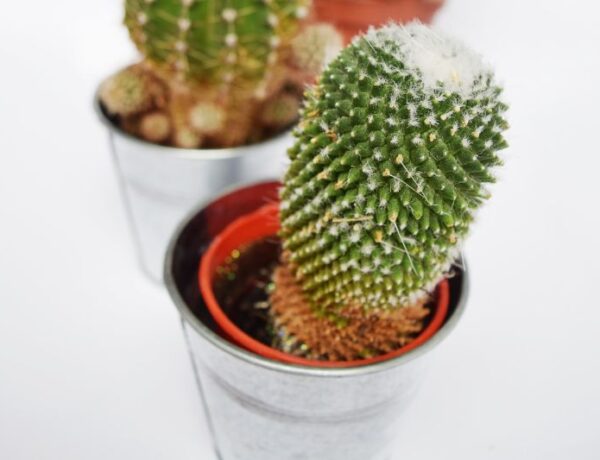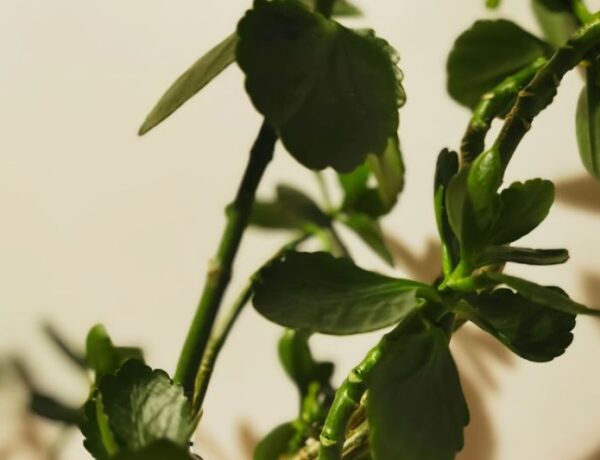Snake plants, known as Dracaena (syn. Sansevieria) or Mother-in-law’s Tongue, are popular houseplants due to their low-maintenance nature and air-purifying abilities. But, have you ever wondered if these hardy plants need drainage holes in their pots?
In this article, we’ll answer that question, delve into the importance of drainage for snake plants, and offer some tips on how to ensure your plant thrives even in a pot without drainage holes.
So, let’s get to it!
Table of Contents
Why Snake Plants Need Drainage Holes
Drainage holes would make your snake plants happier. Why, you ask? Well, there are three main reasons:
1. Preventing Root rot
Snake plants are susceptible to root rot, which is caused by excess water in the soil. Drainage holes allow excess water to escape, ensuring that your plant’s roots aren’t sitting in a soggy environment. This helps prevent the dreaded root rot and keeps your snake plant healthy and happy.
2. Providing Oxygen
Roots need oxygen to function properly. When the soil is waterlogged, it deprives the roots of the necessary oxygen. Drainage holes help maintain a balance between water and air in the soil, allowing the roots to breathe and absorb nutrients effectively.
3. Encouraging healthy growth
Proper drainage promotes healthy root development, which in turn supports the overall growth and well-being of your snake plant. A well-drained soil ensures that your plant receives the right amount of water, preventing both over- and under-watering.
Growing Snake Plants in Pots Without Drainage Holes
While it’s true that snake plants typically thrive in pots with drainage holes, you may find yourself in a situation where you want to grow them in pots without drainage.
With a little extra care and creativity, it is possible to grow snake plants in pots without drainage holes too.
1. Create a False Bottom
To provide some drainage within the pot, you can create a false bottom with a layer of pebbles, gravel, or small stones. This layer should be at least two inches deep and will help prevent the plant’s roots from sitting in stagnant water.
2. Use a well-draining Soil Mix
As mentioned earlier, a well-draining soil mix is crucial for snake plants. In pots without drainage holes, this becomes even more important. Mix equal parts potting soil, perlite, and coarse sand, or use a pre-made succulent or cactus mix to ensure proper drainage within the pot.
3. Water Sparingly
Over-watering is a common issue when growing snake plants in pots without drainage holes. Be mindful of your watering habits and only water when the soil is completely dry. When you do water, use a smaller amount than you would for a pot with drainage holes. This will help minimize the risk of waterlogging and root rot.
However, if you believe you’ve overdid it, try to remove excess water by gently tilting your pot.
4. Use a Moisture Meter
A moisture meter can be a game-changer when it comes to growing snake plants in pots without drainage holes. Since it can be difficult to gauge the moisture level of the soil by touch alone, this device will provide you with a more accurate indication of when your snake plant needs water.
To use a moisture meter, simply insert the probe into the soil near the plant’s roots, and the meter will give you a reading on a scale ranging from dry to wet. For snake plants, it’s best to water when the meter reads “dry” or near the lower end of the scale.
5. Monitor Humidity
High humidity can exacerbate the problems caused by a lack of drainage. To reduce humidity around your snake plant, avoid placing it near sources of moisture, such as in bathrooms or near humidifiers. Additionally, consider using a dehumidifier or fan to help circulate air and reduce humidity levels in the room.
6. Keep an eye on your Snake plant’s health
Growing a snake plant in a pot without drainage holes requires more attentive care. Regularly inspect the plant for signs of stress, such as yellowing leaves, wilting, or soft, mushy roots. If you notice any of these symptoms, it may be necessary to adjust your watering habits or move the plant to a more suitable location.
7. Repot when necessary
Over time, the soil in pots without drainage holes can become compacted, reducing its ability to drain excess water. Periodically repot your snake plant to refresh the soil and maintain proper aeration. Be sure to use a well-draining soil mix when repotting.
Final Thoughts
So, do snake plants need drainage holes? An accurate answer would be “Yes, snake plants ideally need drainage holes, but they can still be grown in pots without drainage holes with proper care and attention”.
By creating a false bottom, using a well-draining soil mix, watering sparingly, monitoring humidity, and keeping an eye on your plant’s health, you can enjoy the beauty of your snake plant in a unique pot that suits your personal style.
Also, if you didn’t bring a snake plant into your home yet, make sure to check out our article on snake plant varieties.






No Comments